Does crocosmia really spread aggressively?
jayco
12 years ago
Featured Answer
Comments (11)
flora2b
12 years agoRelated Professionals
Ballwin Landscape Architects & Landscape Designers · Beachwood Landscape Architects & Landscape Designers · Lyons Landscape Architects & Landscape Designers · Simi Valley Landscape Architects & Landscape Designers · Tomball Landscape Architects & Landscape Designers · Aurora Landscape Contractors · Choctaw Landscape Contractors · Dudley Landscape Contractors · Fort Myers Landscape Contractors · Holtsville Landscape Contractors · Indianapolis Landscape Contractors · Richmond Landscape Contractors · Tacoma Landscape Contractors · New Carrollton Landscape Contractors · Clearfield Landscape Contractorsmad_gallica (z5 Eastern NY)
12 years agoflora_uk
12 years agoninamarie
12 years agoFreda
12 years agoFreda
12 years agoshpnquen
12 years agojayco
12 years agocalistoga_al ca 15 usda 9
12 years agowieslaw59
12 years ago
Related Stories
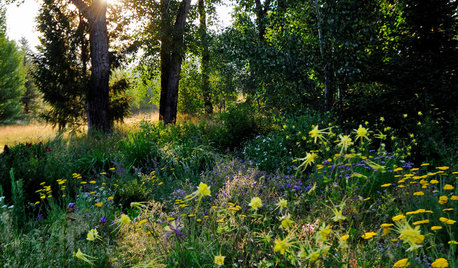
NATIVE PLANTSWhy Aggressive Plants Might Actually Be Your Friends
Sometimes a garden thug is exactly what’s called for
Full Story
FUN HOUZZ10 Truly Irritating Things Your Partner Does in the Kitchen
Dirty dishes, food scraps in the sink — will the madness ever stop?
Full Story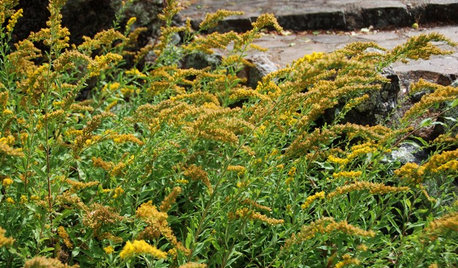
GARDENING GUIDES6 Native Goldenrods Worth a Second Look
Goldenrod gets a bad rap as being aggressive, but these more mannerly choices offer a bunch of benefits
Full Story
EDIBLE GARDENSNatural Ways to Get Rid of Weeds in Your Garden
Use these techniques to help prevent the spread of weeds and to learn about your soil
Full Story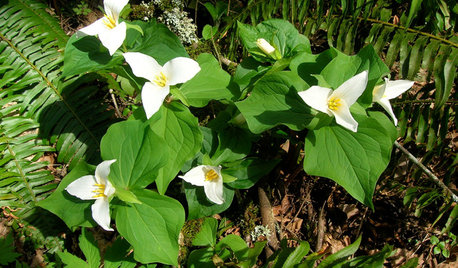
GARDENING GUIDES8 Native Flowers to Brighten Shady Garden Spots
These self-spreading plants from around the country will create a low-maintenance splash from spring to fall
Full Story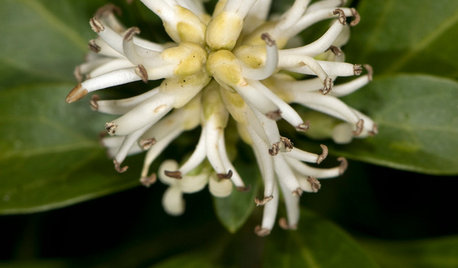
GARDENING GUIDESHow to Use Pachysandra Responsibly in the Landscape
It's tops at covering lots of ground quickly, but be sure this low evergreen plant doesn't spread where it shouldn't
Full Story
GROUND COVERSNative Alternatives to English Ivy, Japanese Pachysandra and Periwinkle
These shade-loving ground covers are good for the environment and say something about where you are
Full Story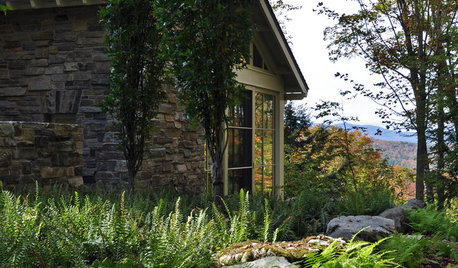
GARDENING GUIDESGreat Design Plant: Athyrium Filix-Femina
If you need a well-mannered plant that shines in the shade, lady fern is for you
Full Story
FLOWERS AND PLANTSHelp Monarchs and Other Butterflies by Planting Common Milkweed
Summer-blooming Asclepias syriaca is an important larval host plant for the monarch butterfly and attracts a number of pollinating insects
Full Story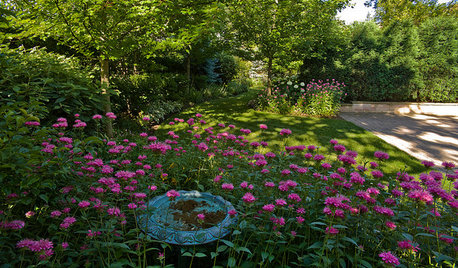
LANDSCAPE DESIGNExuberant Self-Seeders for Gorgeous, Easy-Care Gardens
Keep weeds down, color high and maintenance low with beautful plants that sow themselves
Full StoryMore Discussions






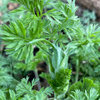
arbo_retum